Helping Bees Thrive This Spring
Spring is an important season for bees as they emerge from overwintering and begin their search for food and shelter. It’s also the perfect time to take simple steps to support these essential pollinators.
By early April, you might spot mining bees, mason bees, carpenter bees and bumblebees buzzing around, while others, like sweat bees, wait for the warmer days of May.
Helping emerging bees is crucial for supporting pollinators. Many of the tips below are attainable for everyone to do and will have a lasting impact for our pollinator friends. Here’s how you can make a difference this spring!
Give them something to eat
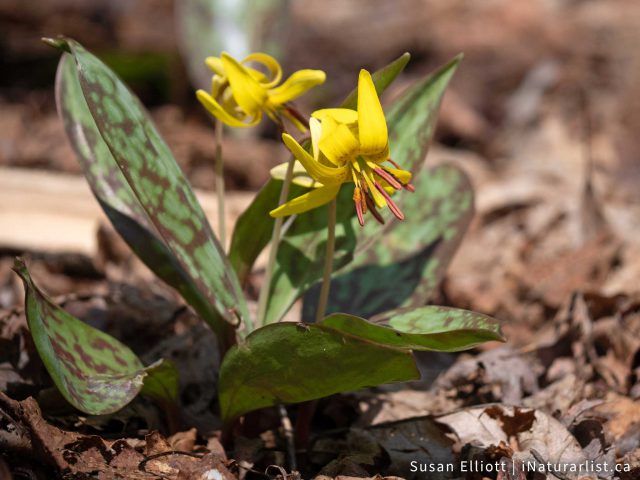
Bumblebees are some of our first pollinators to emerge from overwintering in the spring. Bees and other pollinators rely on native plants that they have coevolved with for adequate nutrition so, where possible, add more regionally native plants to your gardens and shrink your lawns as much as you can with these:
Early blooming flowers
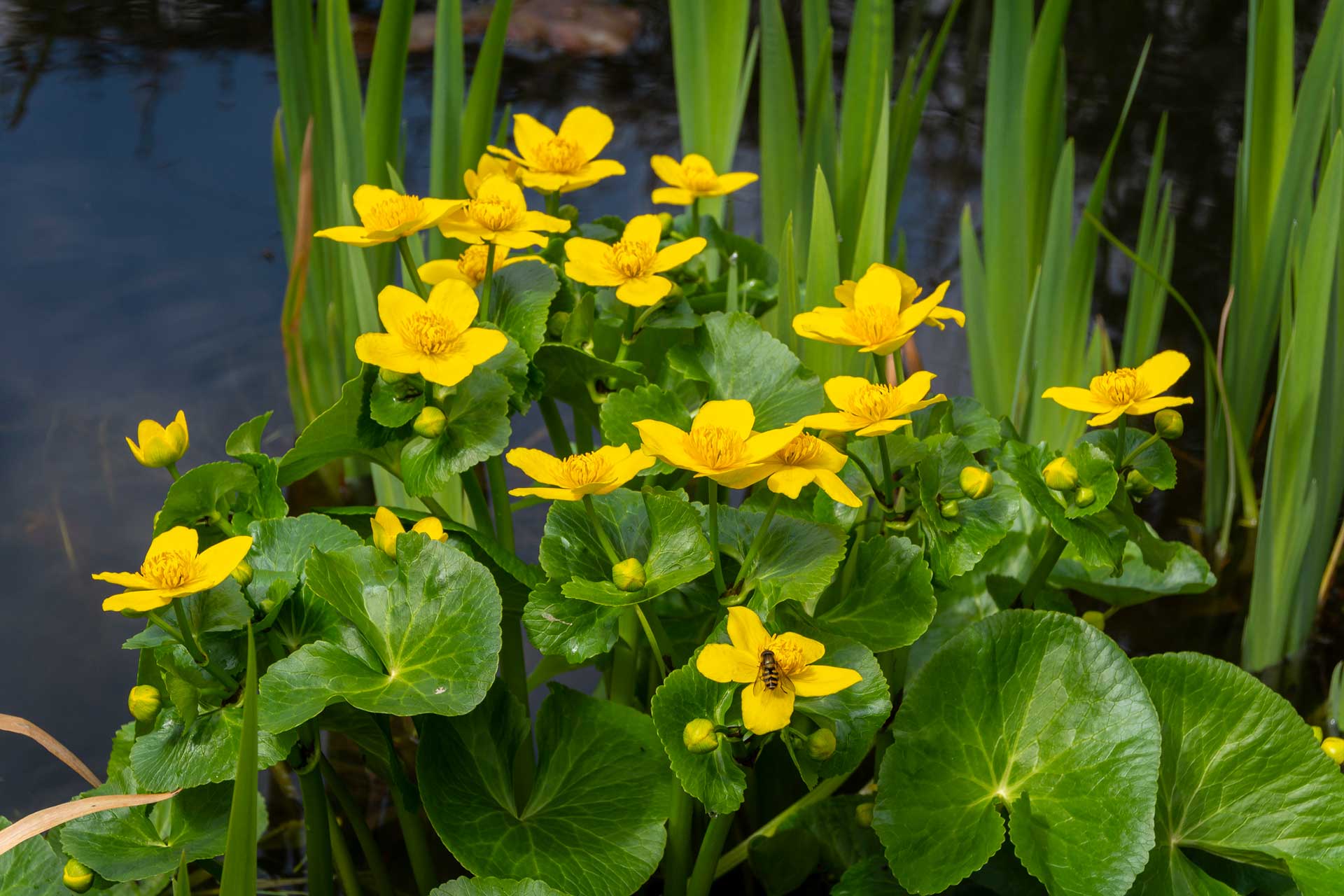
- Dandelions (they might not be native, but they still help bees in early spring so leave them in your yard!)
- Marsh Marigold (Caltha palustris)
- Prairie Smoke (Geum triflorum)
- Pasque Flower (Pulsatilla vulgaris)
- Blue Cohosh (Caulophyllum thalictroides)
- Yellow Trout Lily (Erythronium americanum)
- Spotted Geranium (Geranium maculatum)
- Virginia Bluebells (Mertensia virginica)
- Woodland Phlox (Phlox divaricata)
- Mayapple (Podophyllum peltatum)
- Large-flowered Bellwort (Uvularia grandiflora)
Early blooming trees
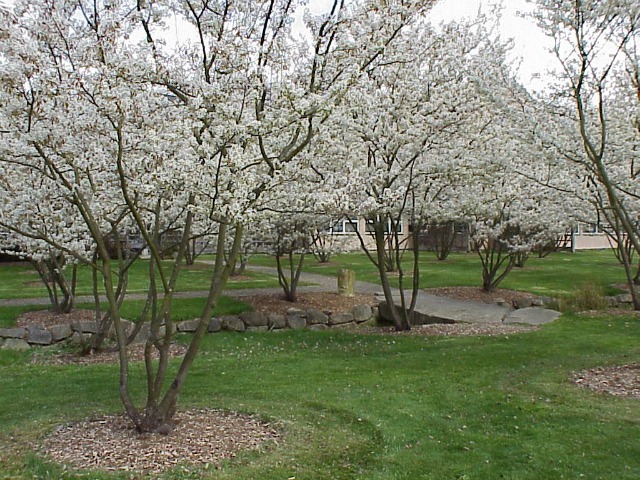
- Sweet Crabapple (Malus coronaria)
- Oregon Crabapple (Malus fusca)
- Red Maple (Acer rubrum)
- Choke Cherry (Prunus virginiana)
- Peach Leaf Willow (Salix amygdaloides)
- Serviceberry (Amelanchier spp)
Give them a place to nest
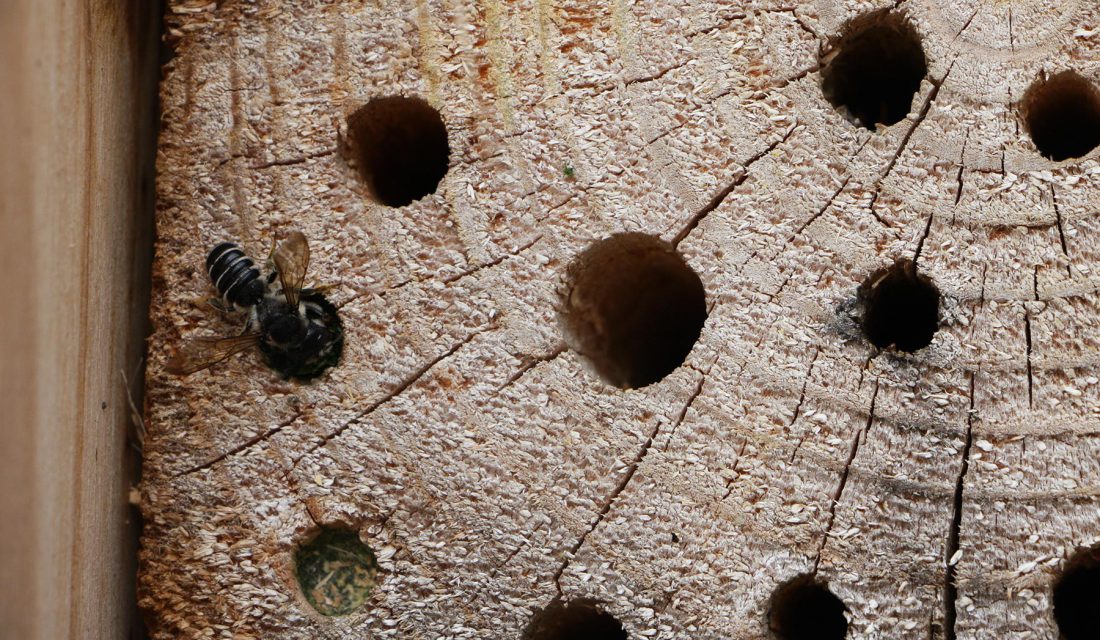
Don’t rush into spring cleaning! Bare ground cover, pile of leaves and dead stems? Leave it be. Many bees like bumblebees and ground nesting bees actually nest in the soil while other bees like mason bees often nest in hollow plant stems. Please leave the soil, leaves and stems undisturbed until the weather warms up for our dear pollinator friends.
Give them a place to rest
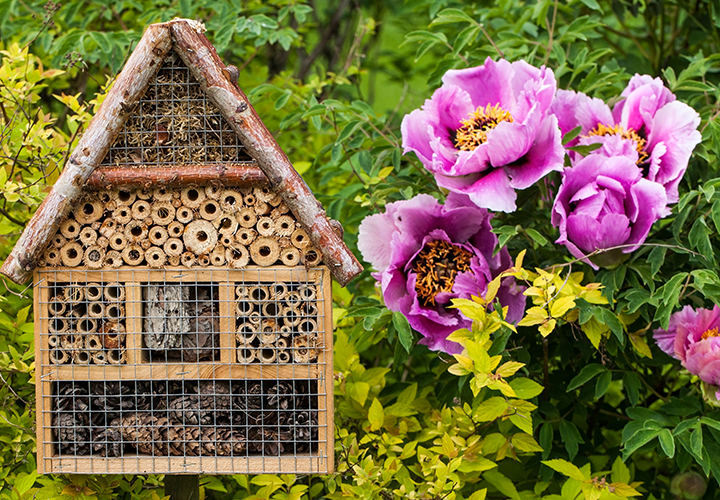
Let bees be your guest! Bee hotels are a great addition to your yard to help increase the chances of local bees surviving and attracting pollinators to your yard like like mason bees, leafcutter bees and resin bees. Here is a quick guide to get you started.
Fun fact! Leafcutting bees are used to pollinate alfalfa seed fields in Alberta, Saskatchewan and Manitoba – a crop that is valued at $40 million!
Give them a drink of water
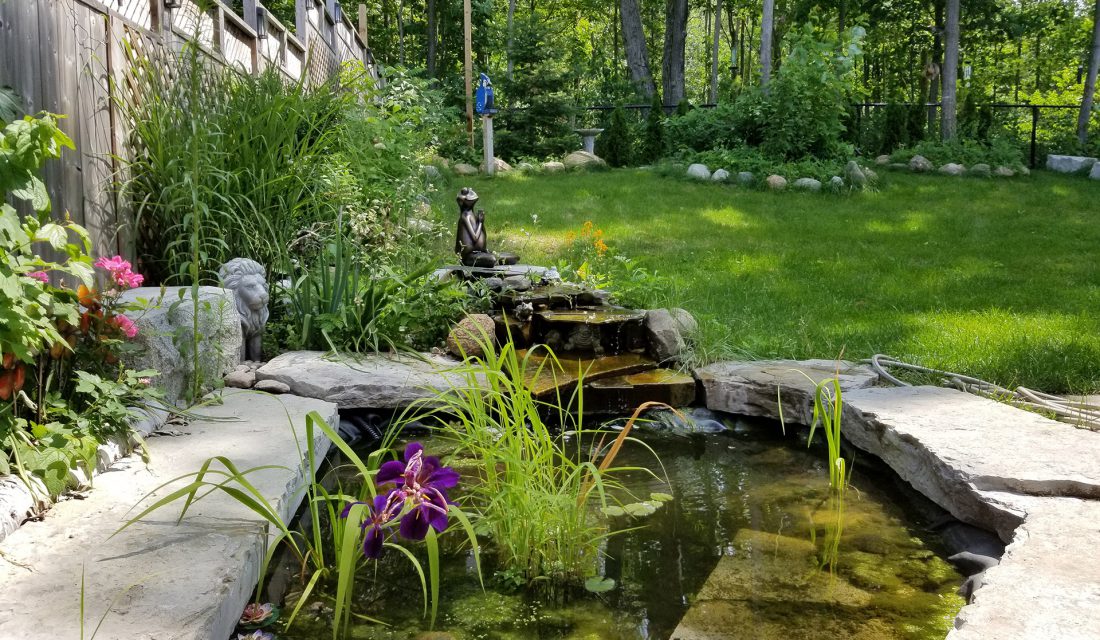
Bees, like all living creatures, need water. Leave out a bees-friendly water source such as a small dish with rocks and other items for bees to perch on. This will help bees cool the hive temperature, feed their young and more.
Give them a chance at survival
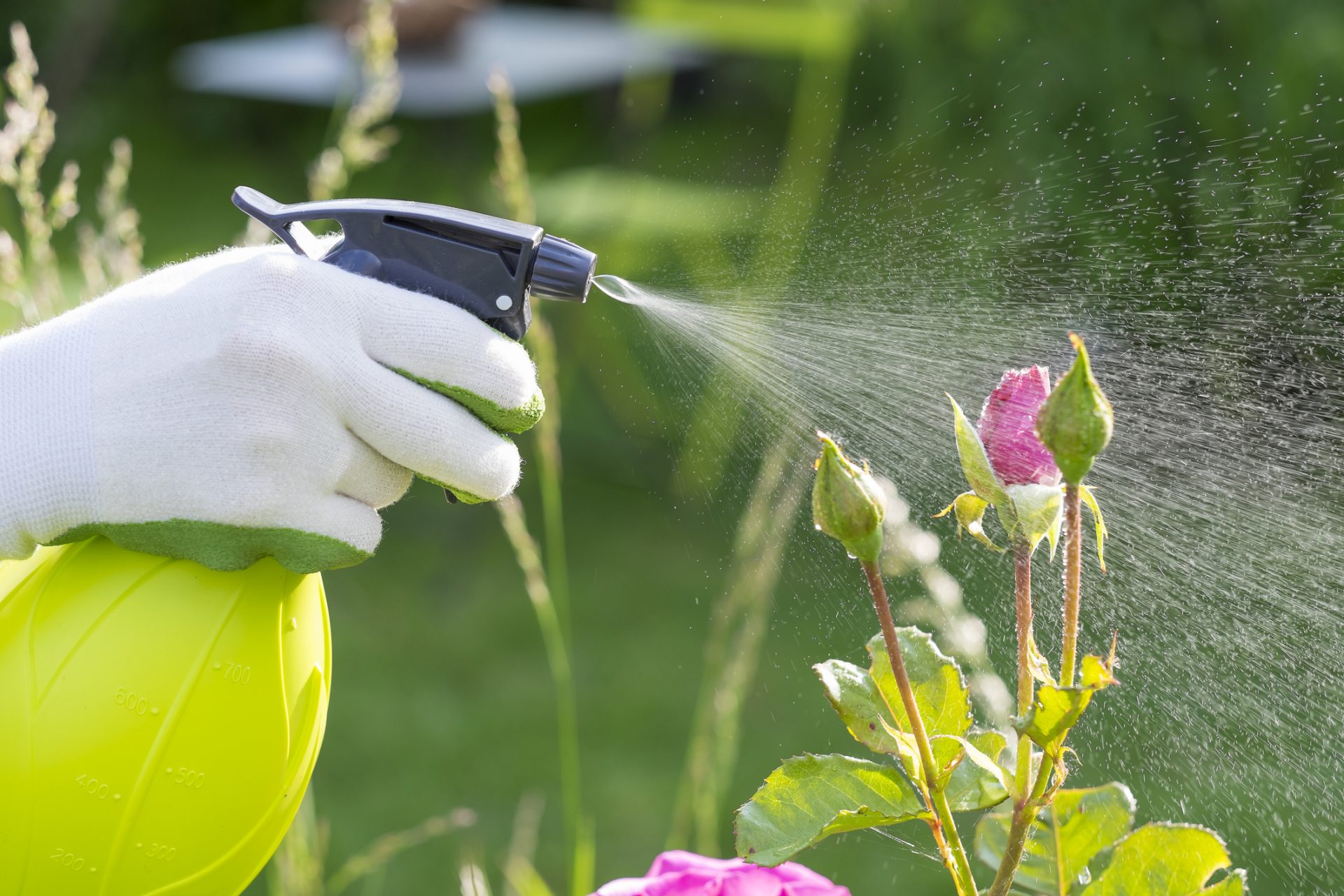
Stop spraying pesticides and herbicides, it harms bees and other pollinators by contaminating their food sources and kills them. Did you know? One out of every three bites of food (fruits, vegetables, coffee, buts and spices) is created with the help of pollinators. We need pollinators more than they need us.


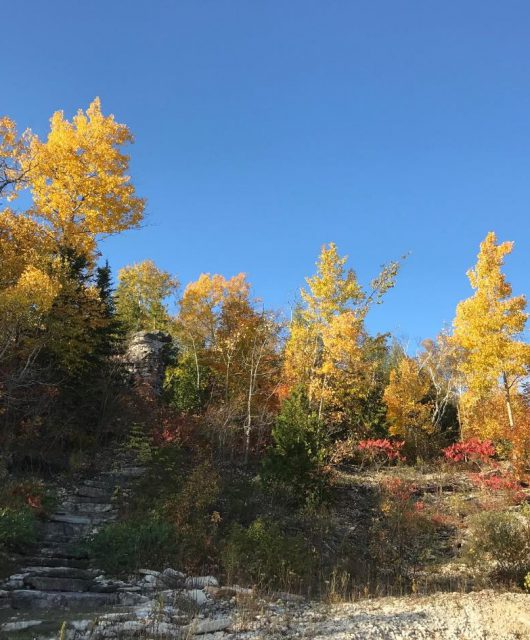
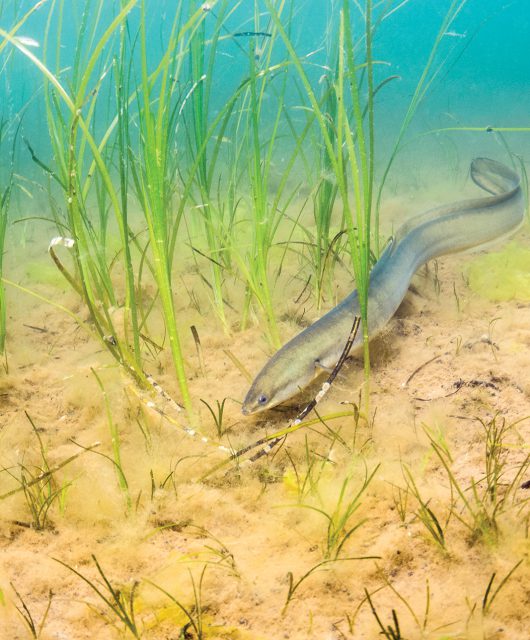
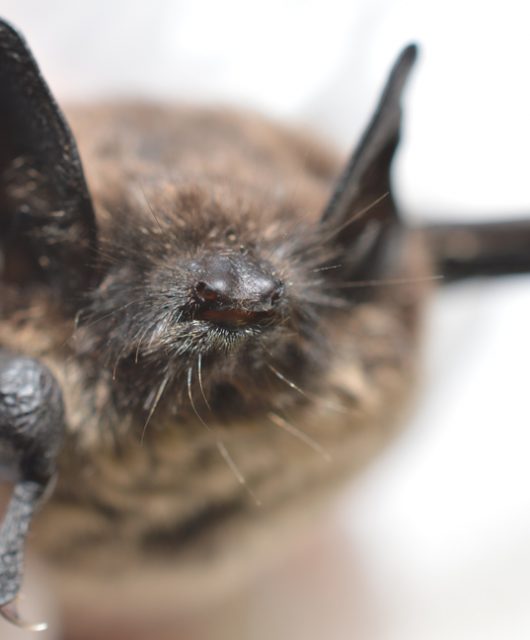
2 comments
Hi,
I was delighted to see your article on supporting native pollinators and have just gone through the list of plants that are suggested. I live in BC, on the west coast. When I looked up the growing conditions of the flowers, according to the Ladybird Johnson Wildflower Centre*, only 2 of the 10 flowers suggested are native to the province of BC (Marsh Marigolds and Pasque Flower). Likewise, in the list of early flowering trees, only 2 of the 6 are native to BC (Oregon Crabapple, aka Pacific Crabapple, and Choke Cherry).
We live in a big country with very diverse plants and growing conditions. I feel your eastern Canadian bias is showing and am disappointed there wasn’t more effort put into researching those plants and presenting a more balanced list. Your recognition of the importance of native plants to our pollinators is much appreciated but I have learned from experience that many of the species you suggest will not thrive in our west coast climate.
With kind regards.
* Sorry for using a US-based source of information about native plants. There are some good Canadian sources but the Ladybird Johnson Wildflower Centre pops up quickly in a Google search and seems reliable. I didn’t start out expecting to write a comment so didn’t take the time to look further.
Thank you, Wendy for your thoughtful comment. When we put out articles like this, we generally do make an effort to have a diversity of plants that grow naturally across the country (as well as types of plants and colours and growing conditions etc.). We will often generalize with the genus, such as asters, goldenrods, liatris etc. and encourage people to discover their regional native species, as that can be the more practical way, especially given that even within these regions there are more specific areas to accommodate, as with coastal BC and the interior (and even within Atlantic Canada provinces and northern vs southern Ontario etc.). So thank you, as it is a wonderful confirmation that those efforts are indeed well worth it, even if we are not always able to do so. We will definitely keep your feedback in mind.